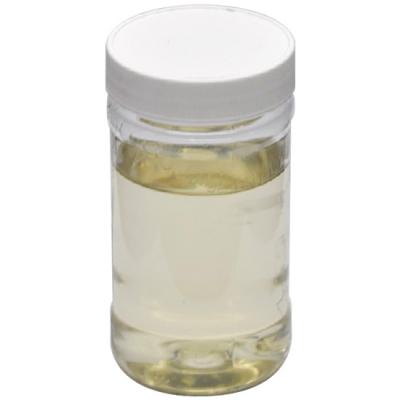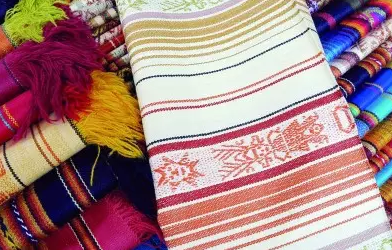What is the function of fabric finishing? Due to the effects of moisture, heat, tension, etc., woven fabrics, knitted fabrics, and other fabrics, in terms of the original width and length of the fabric, will be deformed to a certain extent after pre-processing, dyeing or printing, etc. The purpose of finishing is mainly to solve the following problems.
1. Textile finishing can make the fabric neat and stable in size and shape
This type of textile finishing includes tentering, anti-shrinkage, anti-wrinkle, and heat setting.
2. Textile finishing can improve the hand feeling
This kind of textile finishing can use mechanical method, chemical method, or the combination of the two to treat the fabrics to improve the fabric's hand feeling, such as softness, fullness, smoothness, stiffness, lightness and thickness.
3. Textile finishing can improve the appearance
Physical mechanical or chemical methods can be used to improve the appearance of the fabric, such as gloss, whiteness, drape. Such finishing includes calendering, electro-optical and whitening.
4. Textile finishing can improve the wearability of the fabric, or give the fabric special functions
Mechanical or chemical methods are used to produce fluff on the surface of the fabric to improve warmth retention, such as raising, shearing, imitating wool, imitating silk, imitating suede. Some chemicals can make the fabric have special functions such as water repellent, oil repellent, anti-fouling, sanitation, and UV resistance. Hydrophilic, antistatic, anti-pilling features and other finishing of chemical fiber fabrics can also be achieved.
The requirements for textile finishing are not only different due to the types of fibers that make up the fabric. Moreover, even fabrics composed of similar fibers have certain differences due to different types of fabrics and special uses.
According to the above requirements, the fabric finishing processing methods can be divided into two categories, namely, mechanical finishing and chemical finishing. The former usually uses moisture, heat, force (tension, pressure), and mechanical action to complete the processing method. While the latter uses a finishing agent for textile to chemically react with fibers to change the physical and chemical properties of the fabric. But there is no clear boundary between the two. For example, soft finishing can be done either by general mechanical methods or by adding softeners to obtain the finishing effect, but most of them use two methods at the same time. For example, durable electro-optical finishing makes the fabrics first impregnated with a resin finishing agent, dried and then calendered and baked by an electro-optical machine.
The content of fabric finishing is very extensive, and new content is constantly being added with the development of science and technology. At present, fabric finishing has evolved from the stage of simply exerting the inherent properties of fibers and obtaining temporary finishing effects. It is also developing toward the use of new finishing agents and new equipment to give fabrics more excellent and lasting effects. After finishing the textiles, it can not only improve the grade of the product but also increase its the added value.



 English
English  日本語
日本語  Español
Español  tiếng việt
tiếng việt  Türkçe
Türkçe  ไทย
ไทย  українська
українська  हिंदी
हिंदी  বাঙালি
বাঙালি  اردو
اردو 


